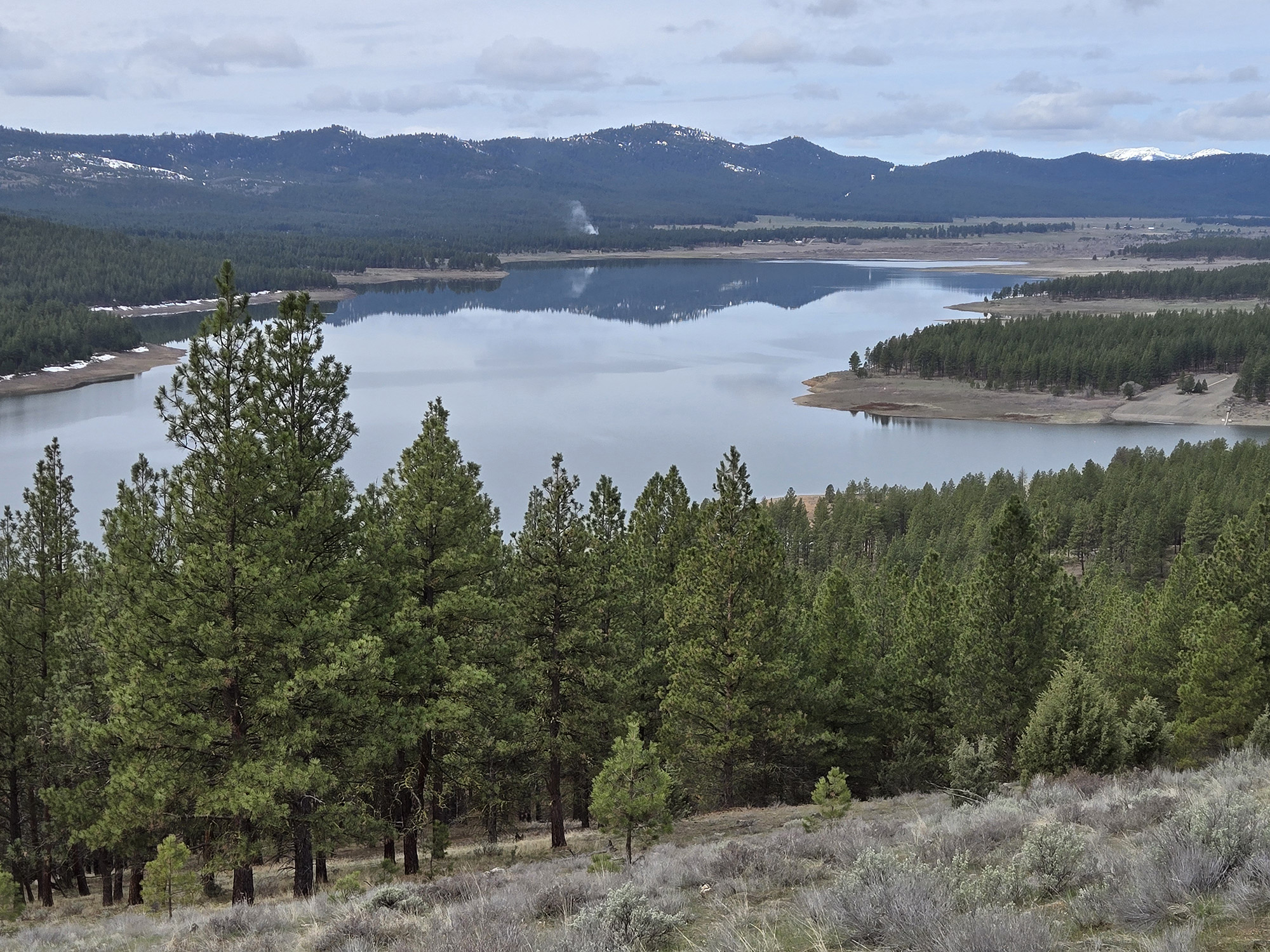Letters to the Editor for Sept. 24, 2020
Published 8:15 am Thursday, September 24, 2020
With deer in Baker City, the pros outweigh the cons
Trending
This letter is in response to Mr. Mosier’s letter of Sept. 3, in which he complains about a deer problem in Baker City. His question to city officials was: “What are you doing to help us solve this problem?” I believe this issue was taken up once before and the answer was, “Don’t feed the deer.” It seems to us that if the locals were truly disturbed by the deer in town, they would do something about them.
We have found that many residents enjoy seeing the deer, especially seniors in nursing homes and others who are homebound and can’t get out much. Others also enjoy seeing the deer but take the precaution of building a deer-proof fence around their garden and flower area. Which everyone can’t do.
As far as we know the deer have not caused any serious accidents around town. We live on the west side of town and have deer pass through or hang out in our yard several times throughout the year. They are graceful and beautiful animals and we enjoy seeing them. There are always pros and cons in each situation but with the deer situation in Baker City, we feel the pros outweigh the cons. We also think the live deer look much better in town than the metal zoo animals.
Trending
Now a question for Mr. Mosier. Why do newcomers always want to change an area as soon as they move in? You would think a person moves to a town or area because it appeals to them the way it is. However, so many people move to an area for change yet they want their chosen town to be just like the one they came from. Go figure!
Dick and Darlene Culley
Baker City
Past logging practices sowed seeds of today’s fires
I was on a timber marking crew for the La Grande Ranger District in 1979. We did a lot of tree marking for timber sales in the upper Grande Ronde, not far from Anthony Lakes.
On this particular sale near Limber Jim we were instructed to mark all of the big western larch (tamarack), leaving a craphole of tangled lodgepole pine — “leaving more trees than ever before.” Everyone on the marking crew rebelled. Every one of us wrote letters to the district ranger saying this kind of management is wrong and backward.
Many of the sales our crew marked were soon reposted with new markings. Our crew wasn’t “getting out the cut,” meaning more big, fire-resistant trees needed to be cut to make more short-term profit for the buyer and create more short-term income for the ranger district.
I did know a little about silviculture, the growing of trees. I grew up logging, thinning, and planting with my dad, an Oregon Tree Farmer of the Year and twice Union County Tree Farmer of the Year. He and I, like our marking crew, always tried to leave a healthy and fire-resilient forest for the future. We placed long-term value and sustainability over maximizing short-term profit.
To the credit of the U.S. Forest Service, they did have us post some sales that were designed to reduce fuel loading by removing more of the smaller trees and ladder fuels (shorter trees that will ignite from a ground fire, then elevate the ground fire to the high branches of older trees). But those sales wouldn’t draw a single bid from industry while there were still public and private sales that allowed the highly profitable high grading — taking the big trees and leaving the crap, often a heap of damaged crap.
Any surprise we are seeing radically larger, hotter, more difficult fires? I remember 20 years after the Limber Jim sale seeing all those firefighting vehicles burned up by a forest fire on the headwaters of the North Fork John Day, not far from Anthony Lakes. At the time I wondered, “Are we reaping what we sowed? Is this the future we made by taking out the big trees and fuel loading with the kindling of smaller, thicker forests?”
Ann Brown
Union









